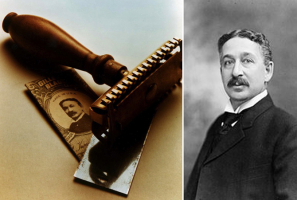Top 10 Interesting Facts about King Tut
Around 1324 B.C., King Tutankhamun (also known as Tutankhamen) was the pharaoh of Egypt for ten years until passing away at the age of 19. Before 1922, when ... read more...British archaeologist Howard Carter broke through a gateway and entered the boy pharaoh's tomb, which had been sealed for more than 3,200 years, he was hardly known to the modern world. King Tut became the most well-known pharaoh in the world very fast because of the enormous cache of items and treasure found in the tomb, which were meant to accompany the king into the afterlife. There are ten interesting facts about King Tut you should not miss!
-
First and foremost, one of the most interesting facts about King Tut is his royal lineage. King Tut was confirmed by genetic tests to be the great-grandson of Amenhotep III and probably certainly the son of Akhenaten, a contentious figure in the 18th dynasty of Egypt's New Kingdom (c.1550-1295 B.C.). Akhenaten relocated Egypt's religious center from Thebes to Amarna, upending a long-standing religious order in favor of worshiping the sun god Aten. Before the 9-year-old prince, then known as Tutankhaten, ascended to the throne after the passing of Akhenaten, two interim pharaohs briefly held the kingdom.
Early in his reign, Tutankhamun undid Akhenaten's reforms, restoring Amun worship, Thebes as a center of religion, and modifying the last part of his name to signify royal fealty to the creator god Amun. He also collaborated with his strong advisors Horemheb and Ay, who would both become pharaohs, to elevate Egypt's standing in the area.
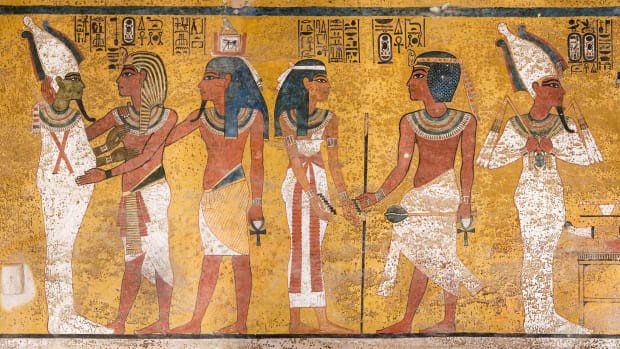
Photo: https://www.history.com/ 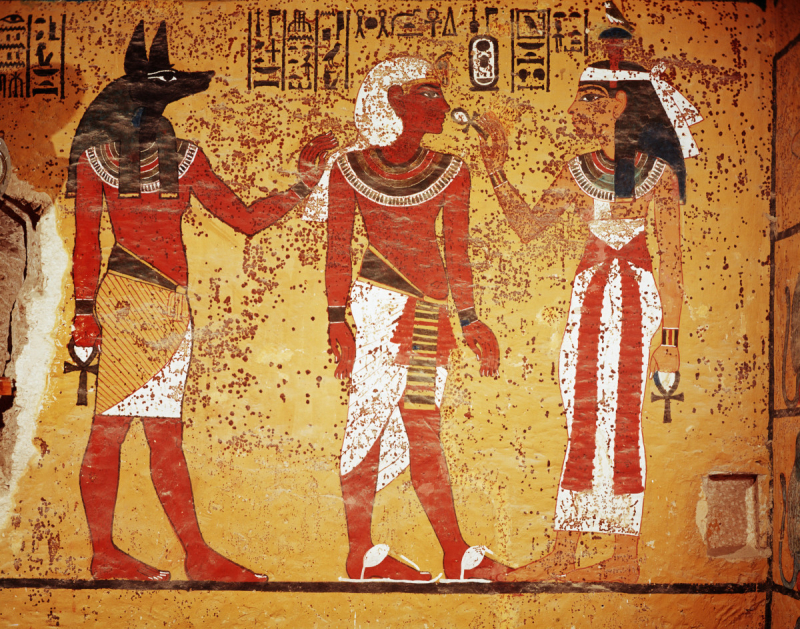
Photo: https://www.history.com/ -
Tutankhamun was originally named Tutankhaten. This name, which translates to "living image of the Aten," symbolized the worship of the sun god Aten by Tutankhamun's parents. After a few years in power, the young king changed his belief system, gave up the Aten, and began to worship Amun, who was regarded as the supreme god. Due to this, he adopted the name Tutankhamun, which means "living image of Amun."
The truth is that Tutankhamun had five royal names, just like all of Egypt's kings. These took the shape of succinct statements that described the main objectives of his rule. In name only, he was:
- Horus Name: Image of births
- Two Ladies Name: Beautiful of laws who quells the Two Lands/who makes content all the gods
- Golden Horus Name: Elevated of appearances for the god/his father Re
- Prenomen: Nebkheperure
- Nomen: Tutankhamun
The names that were written in cartouches (oval loops) on his monuments are his last two names, which are now referred to as the Prenomen and the Nomen. He is known by the name Tutankhamun. However, the people recognized him by his prenomen, Nebkheperure, which means "the sun god".
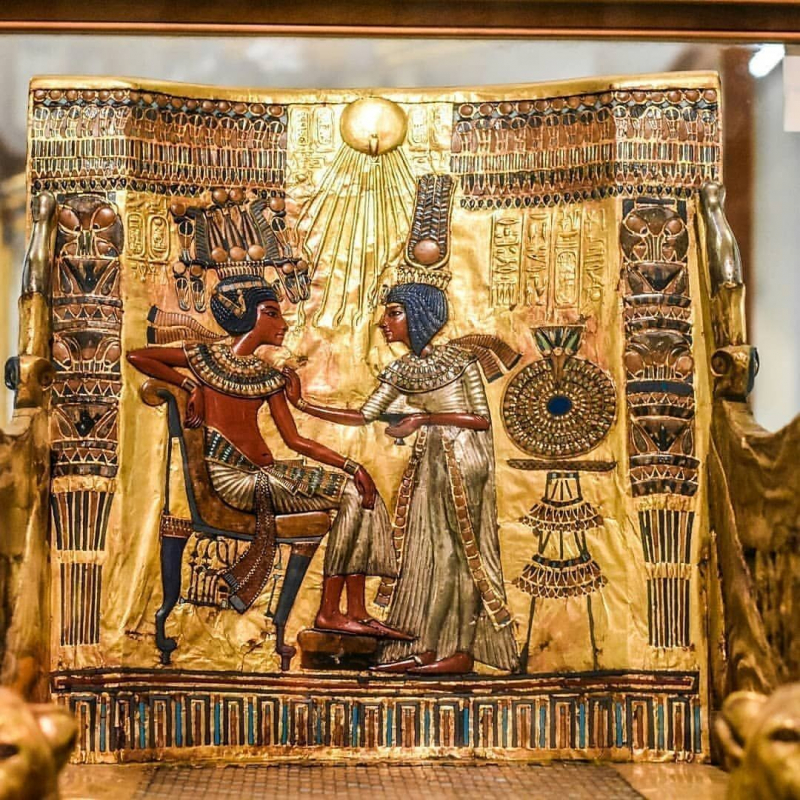
Photo: https://www.pinterest.com/ 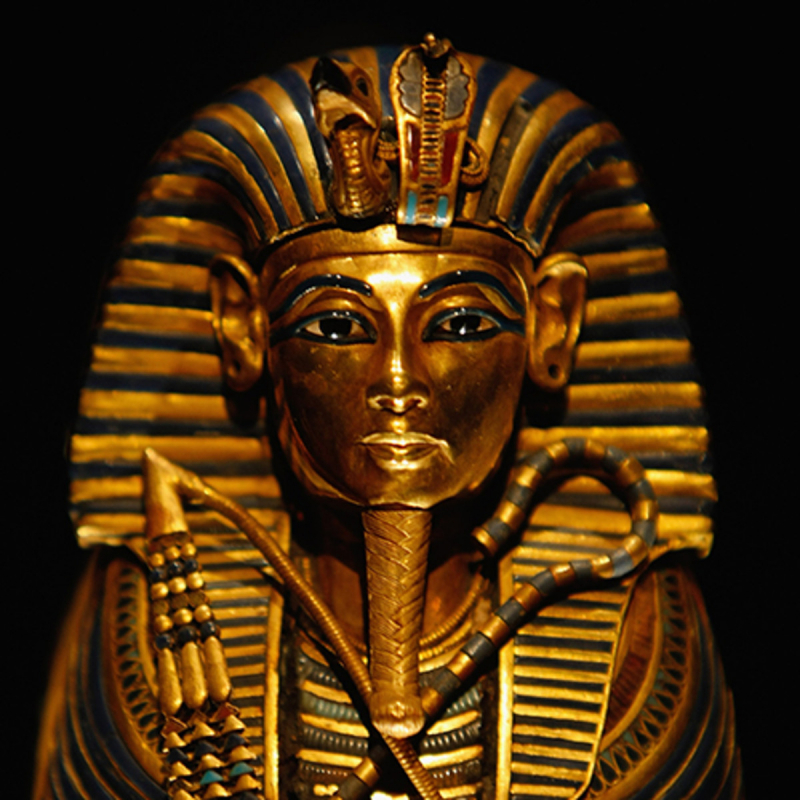
Photo: https://www.biography.com/ -
The first pharaohs in Egypt's history constructed towering pyramids in the northern deserts. However, this trend ended in the New Kingdom (1550–1069 BC). Now, most monarchs were interred in the Valley of the Kings on the west bank of the Nile in the southern city of Thebes, where rock-cut tombs had been dug into the ground (modern-day Luxor). These tombs had unassuming doorways, but the interiors were roomy and well ornamented.
King corpses were believed to have strong spirits that could help others, and cemeteries had their special brand of tremendous magic. Tutankhamun would have had his afterlife if he had been buried with his predecessors. So it stands to reason that Tutankhamun would have preferred to rest in a magnificent tomb in either the main valley or in a branch known as the Western Valley, where his grandfather Amenhotep III was interred. Whatever his intentions, Tutankhamun was interred in a little tomb that was cut into the main valley's bottom.
Tutankhamun might have just passed away too soon to carry out his ambitious intentions. He had to be interred in a non-royal tomb because his own was incomplete. This appears implausible, though, considering other kings were able to construct adequate graves in as little as two or three years. It is much more likely that Ay, the monarch who succeeded Tutankhamun and ascended to the throne in his advanced age, made a tactical trade. Ay himself was interred in a magnificent tomb in the Western Valley, next to the tomb of Amenhotep III, just four years after Tutankhamun passed away.
Recent theories contend that Tutankhamun's tomb may contain still-undiscovered sections because of its unexpectedly tiny size. Egyptologists are currently looking into the idea that the plastered wall of his burial chamber conceals concealed chambers.
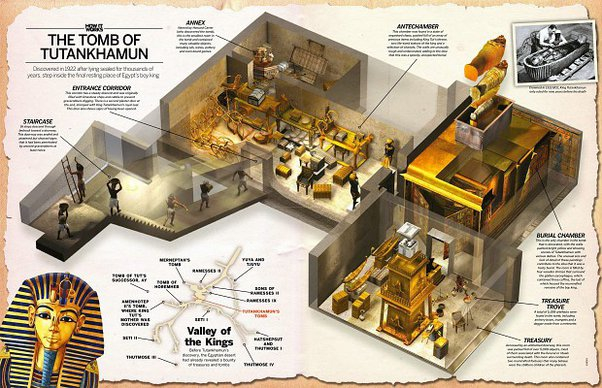
Photo: https://www.quora.com/ 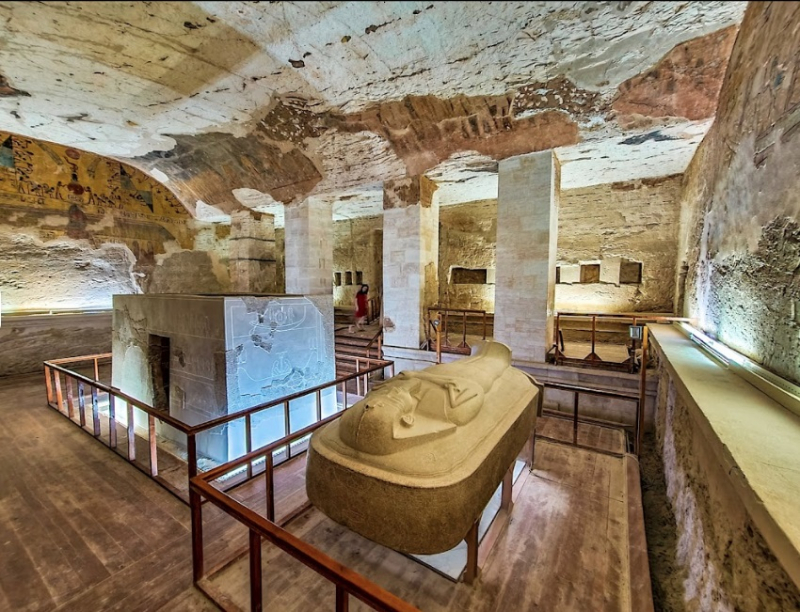
Photo: https://www.egypttoday.com/ -
Three golden coffins that fit snugly one inside the other like a set of Russian dolls contained Tutankhamun's mummy. The conjoined coffins were put in a rectangular stone sarcophagus as part of the funeral ceremony. Unfortunately, the outer casket turned out to be a little too large and its toes peered over the sarcophagus' edge, making it impossible for the lid to close. The coffin's toes were promptly sawn off after calling for carpenters. The parts were discovered at the base of the coffin by British archaeologist and Egyptologist Howard Carter more than 3,000 years later.
The three coffins that belonged to Tutankhamun shared a common design. They were "anthropoid" coffins, or human-form coffins, designed to resemble Osiris, the god of the dead, laying on his back while holding the crook and flail in his crossed arms. However, the style of the middle coffin was a little different, and the face on that coffin was distinct from the faces on the other two. It didn't resemble Tutankhamun's death mask either. Many Egyptologists now think that the mysterious "Neferneferuaten," whose name is documented in inscriptions and who may have been Tutankhamun's immediate predecessor, originally commissioned this middle casket and some of the other funeral goods Tutankhamun possessed. Neferneferuaten's whereabouts are unknown, as well as how Tutankhamun ended up in his or her coffin. This is also one of the most interesting facts about King Tut.
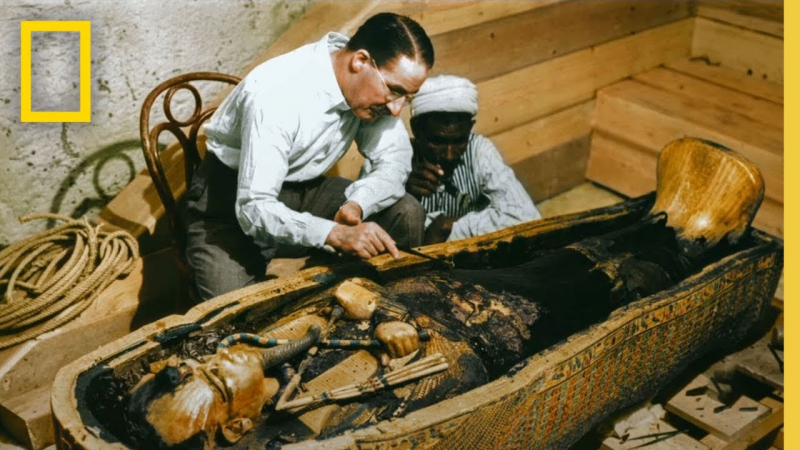
Photo: https://www.youtube.com/ 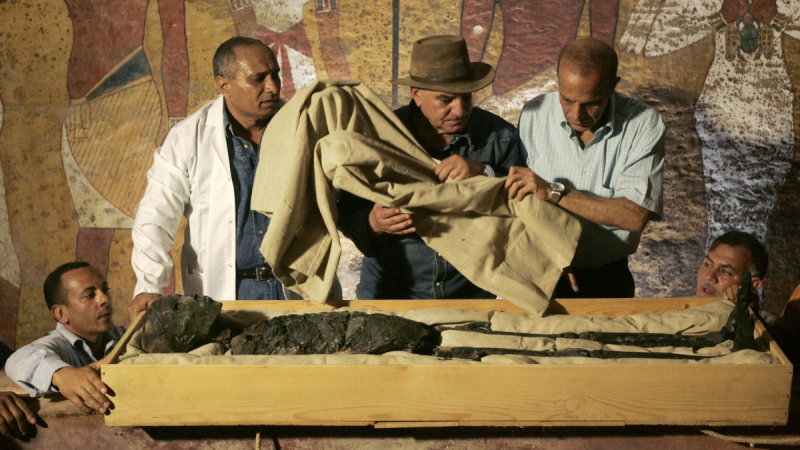
Photo: https://www.history.com/ -
The ostrich-feather fan that belonged to Tutankhamun was found resting next to the king's body in his burial chamber. The fan's original design featured a long golden handle with a semi-circular 'palm' on top that held 42 alternately brown and white feathers. The inscription on the fan handle captures the tale of these feathers before they long since disintegrated. This reveals that the ostriches used in the feathers were shot by the monarch himself while he was out hunting in the desert to the east of Heliopolis (near modern-day Cairo). The palm's engraved scene depicts Tutankhamun leaving in his chariot to chase an ostrich on one face and the king triumphantly returning with his catch on the other.
Ancient Egyptians valued ostriches highly and used their feathers and eggs to make expensive goods. Ostrich hunting was a regal pastime that gave the king a chance to show off his mastery of nature. It was a less risky occupation because it served as an alternative to combat. Before being mummified, Tutankhamun's body had sustained significant damage. Is it important that his ostrich fan is held so close to his body? Maybe someone is trying to inform us that the young monarch passed away after an ostrich hunt went wrong.
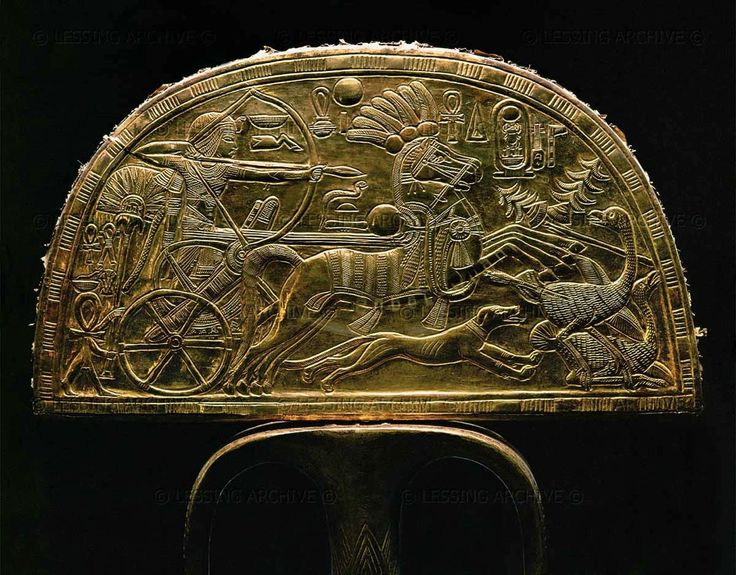
Photo: https://www.pinterest.co.kr/ 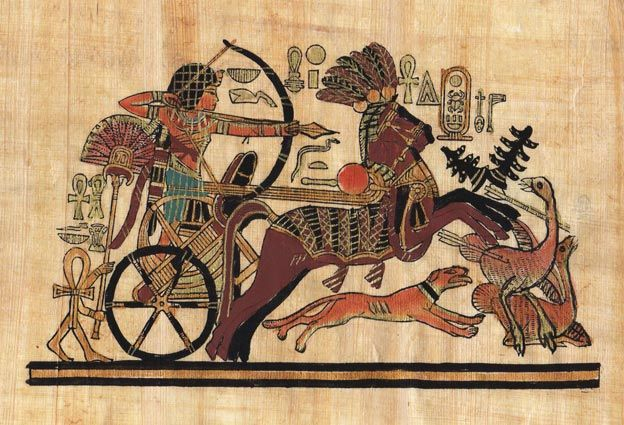
Photo: https://www.pinterest.co.kr/ -
The ancient Egyptians considered that rebirth after death was conceivable, but that this could only be accomplished if the corpse was kept in a lifelike state. They created the science of artificial mummification as a result of this.
To keep a lifelike shape, the body was first desiccated in natron salt before being wrapped in numerous layers of bandages. At the beginning of the mummification procedure, the body's internal organs were removed and kept separately. The brain, whose purpose was then unknown, was simply discarded; the heart was thought to be the organ of reasoning. The heart would therefore be needed in the afterlife. As a result, it was left in place and, if accidentally removed, was swiftly sewed back, but sometimes not exactly where it had been.
But Tutankhamun is heartless, which is one of the most interesting facts about King Tut. He was instead given an amuletic scarab with a funeral spell engraved on it. This might have occurred due to carelessness on the part of the funeral directors, but it could also indicate that Tutankhamun passed away far from his house. His heart might not have been able to be maintained by the time his body got to the undertakers' workplace.
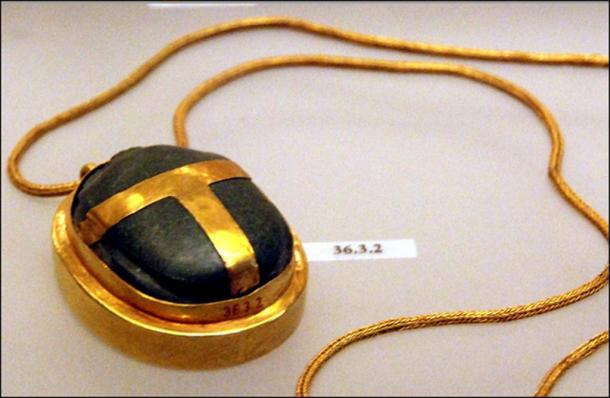
Photo: https://faraoecompanhia.blogspot.com/ 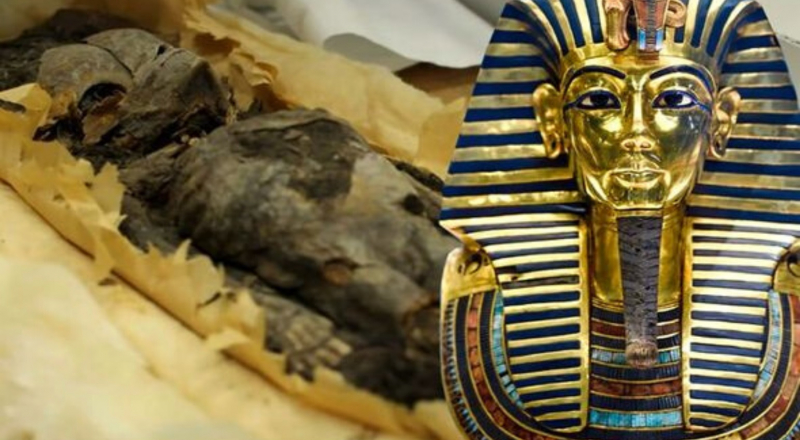
Photo: https://www.jaridatakhbarak.com/ -
Two daggers were meticulously packed and found by Howard Carter inside Tutankhamun's mummy bandages. The iron blade of one dagger was superior to the gold blade of the other. Each dagger was sheathed in gold. Because iron, or "iron from the sky," as it was known during Tutankhamun's reign (he ruled from c. 1336-27 BC), was a rare and costly metal, it was by far the more valuable of the two weapons. Egypt's "iron from the sky" was, as its name implies, largely derived from meteorites.
16 miniature swords, a tiny headrest, and an amulet are among the other iron items that were discovered in Tutankhamun's tomb. These sculptures' poor craftsmanship and modest size indicate that they were likely created by local artisans who struggled to work the uncommon meteorite iron.
But the dagger blade is quite different. It is exquisitely constructed and was probably brought to Egypt from a place where ironworking was common. Given the scarcity of good-quality iron artifacts at this time, it is possible that Amenhotep's dagger was inherited by his grandson, Tutankhamun, and ultimately buried with him, as the royal diplomatic archives inform us that several years before Tutankhamun's birth, king Tushratta of Mitanni sent a metal dagger to Egypt as a gift to his new son-in-law, Amenhotep III. It's possible that Tushratta's dagger was utilized throughout Tutankhamun's mummification process given its prominent position within the mummy wraps.
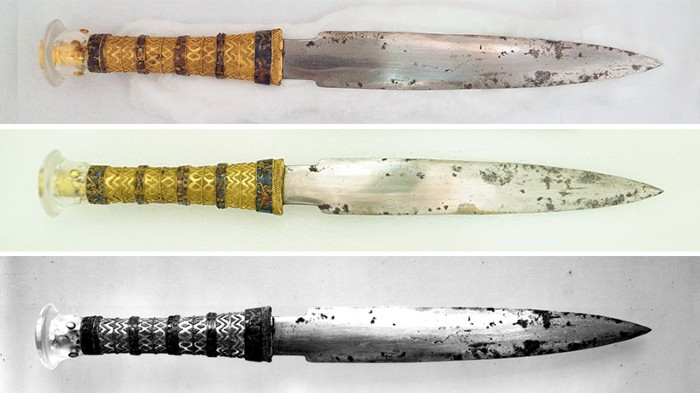
Photo: https://www.nature.com/ 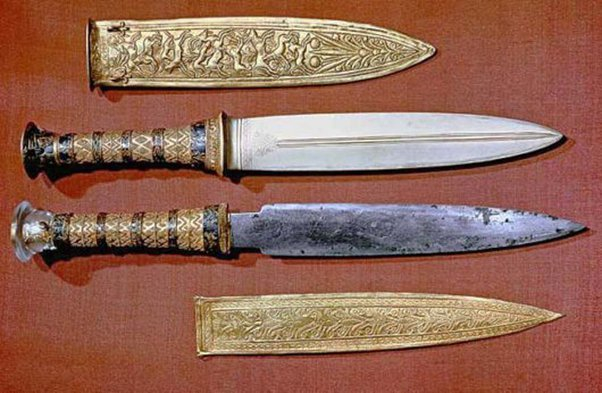
Photo: https://www.quora.com/ -
One pair of ivory clappers, two sistra (rattles), and two trumpets - one made of silver with a gold mouthpiece and the other of bronze with some gold overlay—were among the few musical instruments found among Tutankhamun's grave goods. This would not have produced a very good orchestra, and it appears that Tutankhamun did not place a high value on music for his afterlife. In reality, his trumpets are in the category of military hardware, whilst his clappers and sistra were probably used for rituals.
The two trumpets were played on April 16, 1939, during a live BBC radio transmission from the Cairo Museum that was heard by an estimated 150 million people. James Tapper, a band member, damaged the silver trumpet by using a contemporary mouthpiece. The bronze trumpet was used once more in 1941 but without a contemporary mouthpiece.
Some have asserted that the trumpets can call forth war, motivated by the legend of "Tutankhamun's curse." They contend that the 1939 broadcast was what prompted Britain to join the Second World War.
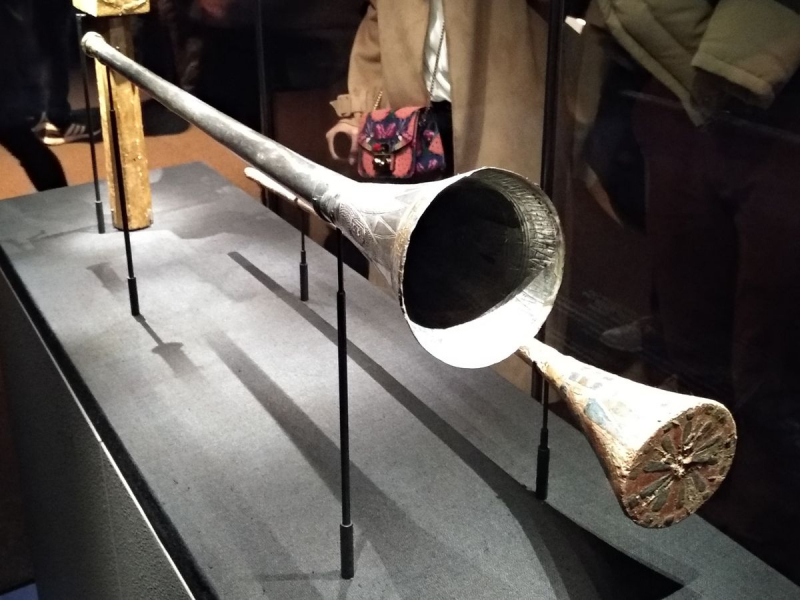
Photo: https://www.dailystar.co.uk/ 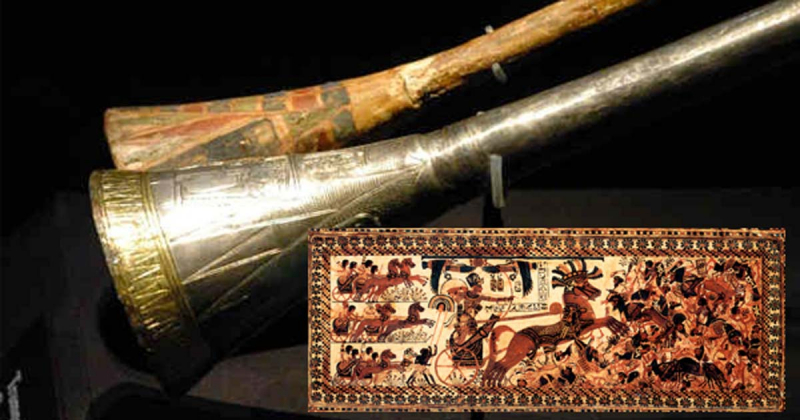
Photo: https://www.ancient-origins.net/ -
There are numerous hypotheses regarding King Tut's demise. He was physically weak and tall, with a clubbed left foot and a debilitating bone ailment. He is the only pharaoh known to have been portrayed while performing strenuous tasks like archery while seated. The boy king's bad health and early demise were likely caused by traditional inbreeding in the Egyptian royal dynasty. Tutankhamun's wife, Ankhesenamun, was also his half-sister, according to DNA testing published in 2010 that also proved that his parents were brother and sister. Two of their only daughters were stillborn.
In 2013, a claim that the king had perished in a chariot accident surfaced due to missing ribs and portions of the chest wall. The chest wall was still there when the body was photographed during Carter's excavation in 1926, nevertheless. The beaded collar was stolen, and it appears that the thieves also caused damage to the chest wall.
Some historians believed that Tutankhamun was slain because his remains showed a hole in the back of the head, however current examinations indicate that the hole was formed during mummification. The king's infected shattered left leg was discovered by CT scans in 1995, and DNA analysis of his mummy found indications of many malaria illnesses, all of which may have contributed to his early demise.
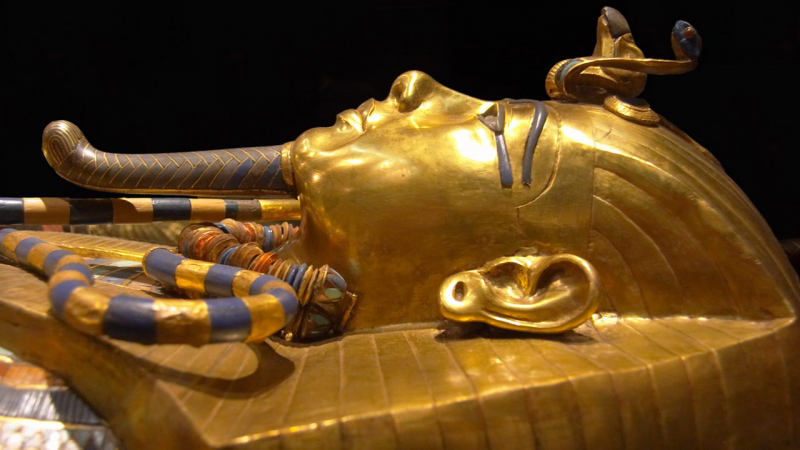
Photo: https://www.bbc.co.uk/ 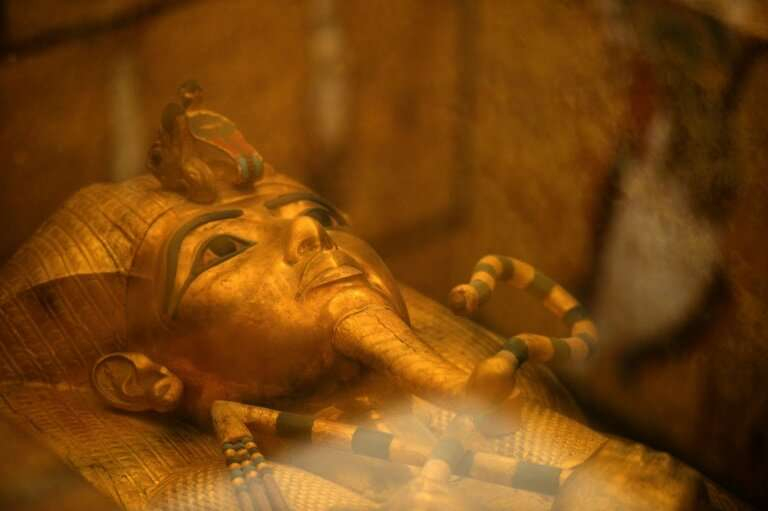
Photo: https://phys.org/ -
British archaeologist Howard Carter had been searching for Egyptian artifacts for three decades when he found Tutankhamun's tomb in 1922. Archaeologists thought all the royal tombs in the Valley of the Kings, which is located across the river from ancient Thebes, had already been excavated at the time of the discovery. The most intact tomb ever discovered, the new one rapidly generated excitement across the world. Ten years were needed for Carter and his team to inventory and empty the tomb.
King Tut's tomb treasures have been included in several popular museum displays that have traveled the globe, including the "Treasures of Tutankhamun" exhibitions that ran from 1972 to 1979. The exhibition of the golden burial mask and 50 other priceless artifacts from the tomb was seen by eight million visitors across seven American cities. The burial mask and other delicate relics are no longer taken out of Egypt. The layered coffins of Tutankhamun's mummy have been replaced with a climate-controlled glass box, which is still on exhibit inside the tomb in the KV62 chamber of the Valley of the Kings. The Tutankhamun collection is currently housed at the Egyptian Museum in Cairo, although it will eventually go to the Grand Egyptian Museum or GEM.
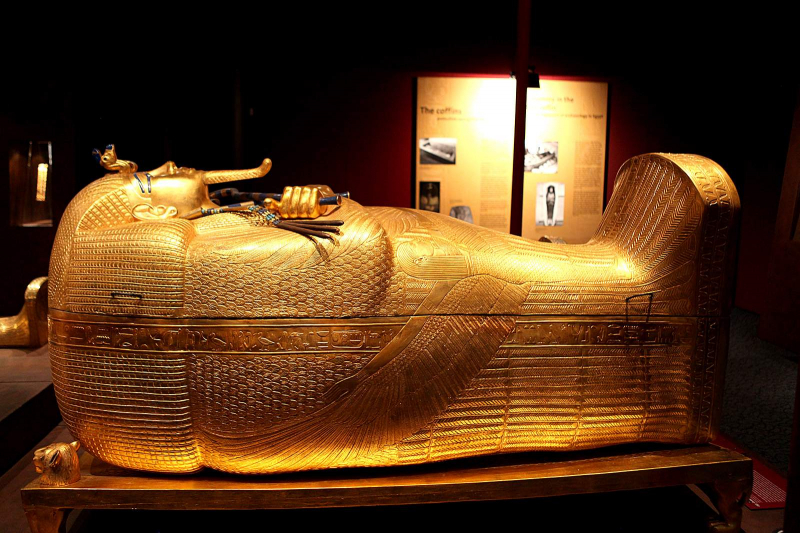
Photo: https://cairoscene.com/ 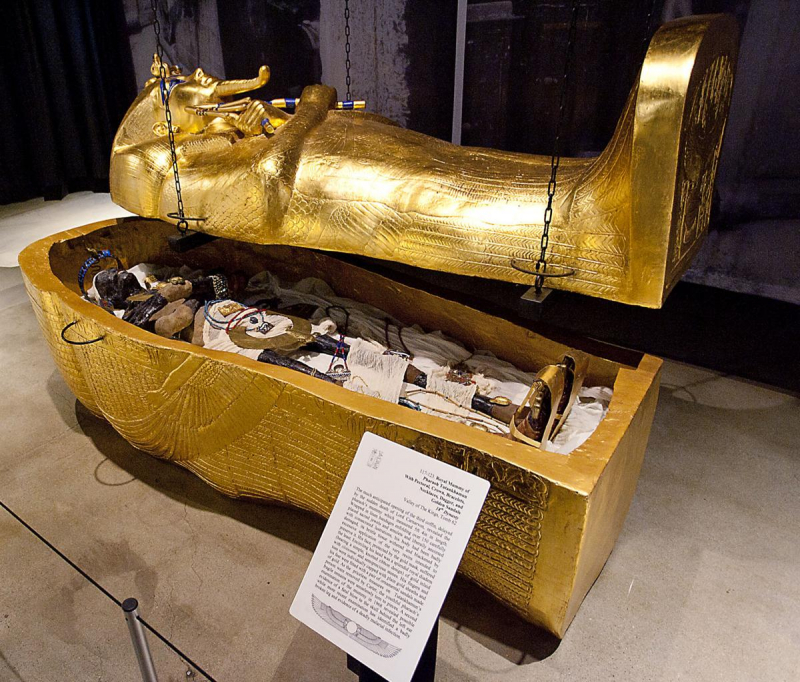
Photo: http://hotcore.info/












